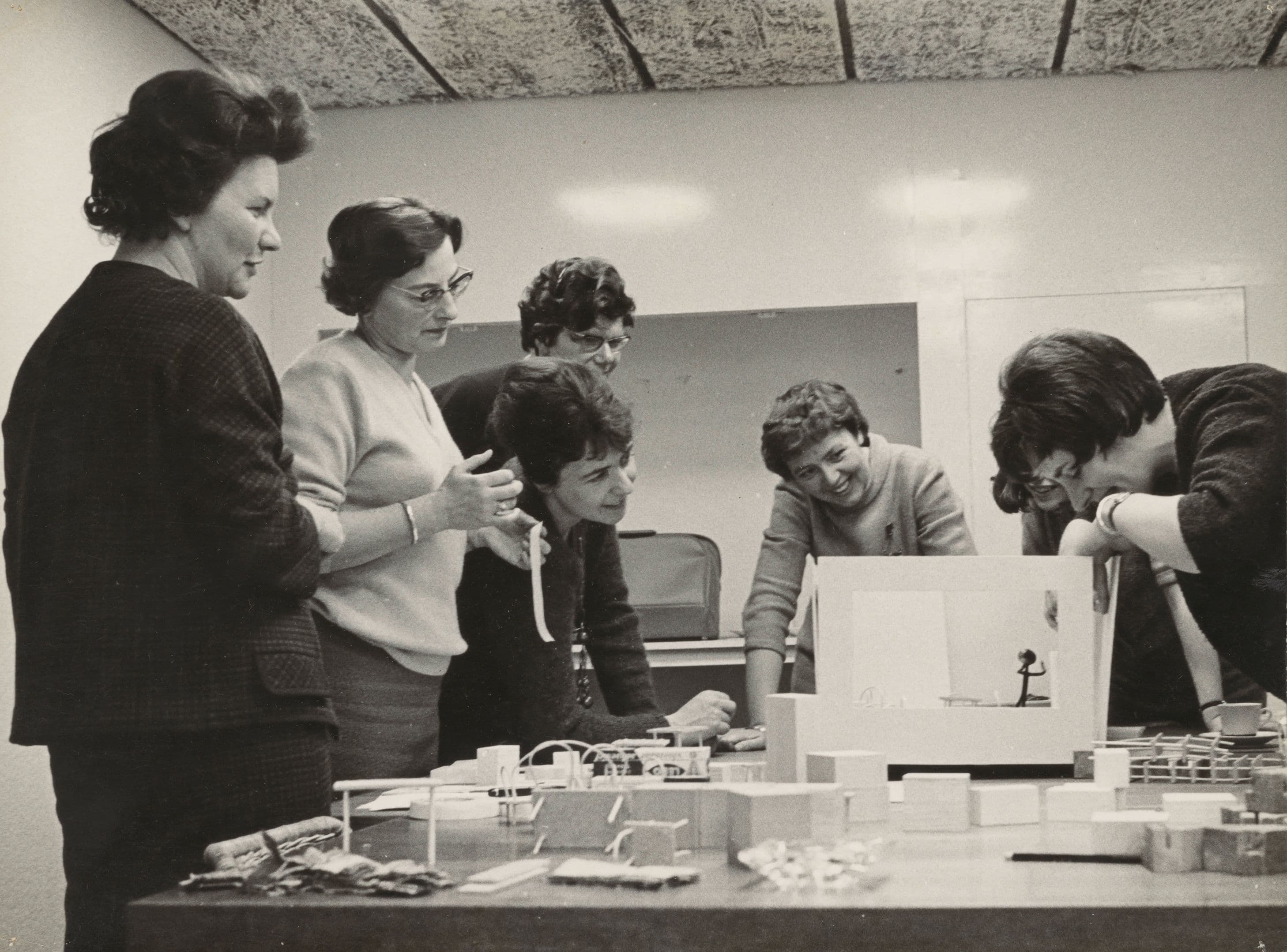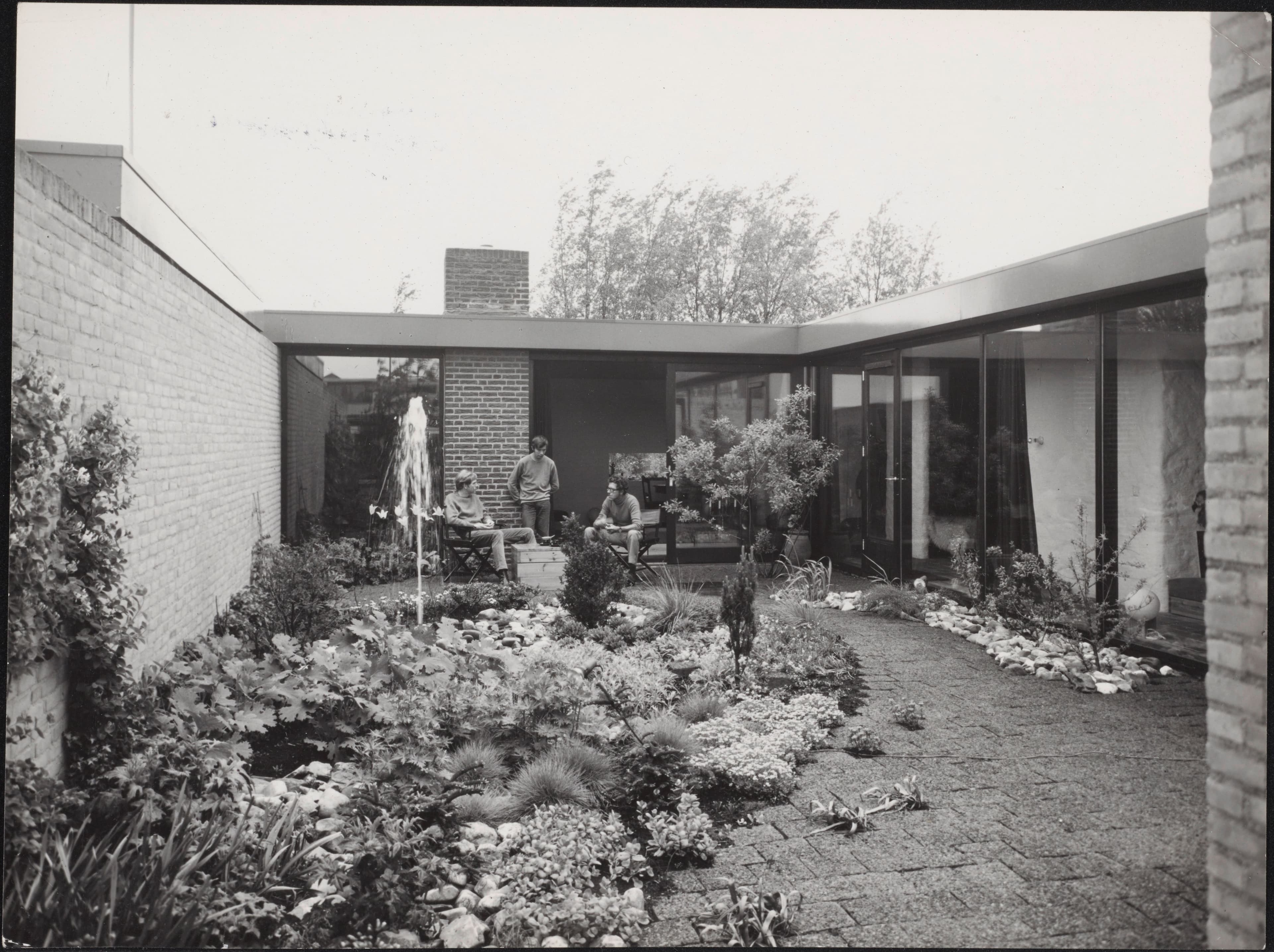Asterisk*
Archives are an important part of our collective memory. They connect us to the past, the present and the future. In today’s archival world, it is not only the content of archives that is important, but also how they are organised and the infrastructures in which they are housed. These factors influence the stories we retrieve from archives. Colonial and oppressive structures have ensured that certain stories are told while others are not, that certain names are mentioned while others are forgotten, and that certain cultural practices remain invisible.
The Asterisk* sheds light on underrepresented items in collections and highlights previously untold stories. It is a tool for providing more thorough and critical descriptions of archival items. We add new descriptions, alternative titles and keywords. The more information we add to an object, the greater the chance that it will be noticed by researchers and other interested parties.
The Asterisk* is not only a tool for the National Collection for Dutch Architecture and Urban Planning, but also for other archival institutions that aim to improve their accessibility and diversity.
Accessibility and inclusion
In recent years, the Nieuwe Instituut has explored various ways in which we, as a heritage institution, can achieve new forms of accessibility and inclusion. These have included projects such as Collecting Otherwise, from which the Asterisk* originates, The Critical Visitor, and, previously, Archive Explorations. Read more about these projects and the Nieuwe Instituut collection below.




